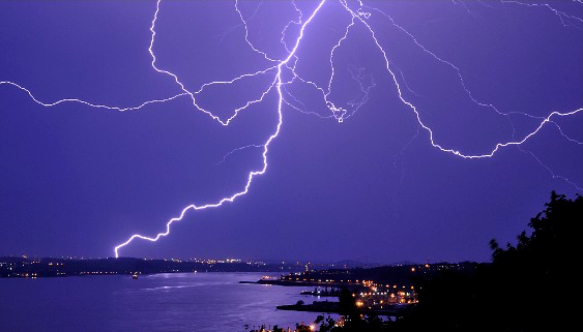
Are you prepared for the winter season and the lightning and thunder that occurs during a storm? All thunderstorms are dangerous because every thunderstorm produces lightning which can seriously hurt or kill people.
Lightning can strike as far as ten miles away from any rainfall. Thunderstorms are also dangerous because they can lead to flash floods and mud slides. Thunderstorms and lightning happen everywhere, but dry thunderstorms that don’t produce rain are most common in the Western United States. They usually occur in the summer when it is warm and humid.
Your best bet is to be prepared for thunderstorms so you and your family can be safe and secure.
Before a thunderstorm:
Build an emergency kit.
Make a family communications plan.
Use the 30/30 rule! Go indoors if you see lightning and can’t count to 30 before hearing thunder. Stay inside for 30 minutes after hearing the last clap of thunder.
During a thunderstorm:
Stay inside and away from windows and doors.
Don‘t use items that plug into electrical outlets. Power surges from lightning can come through the cords and hurt you.
Don’t wash your hands, take a bath or take a shower as faucets can conduct electricity.
Don’t lie on concrete floors or lean against concrete walls, as they conduct electricity.
Don’t touch anything metal outside (such as bikes, playgrounds, fences).
Stay away from open fields, hills, or the beach.
Don‘t stand near “lightning rods” like tall trees in an open area or flagpoles.
After a thunderstorm:
Stay away from loose or dangling power lines.
Stay away from areas damaged by the storm, mud slides, or flood waters.
GET MORE FACTS ABOUT THUNDERSTORMS
GET MORE FACTS ABOUT LIGHTNING